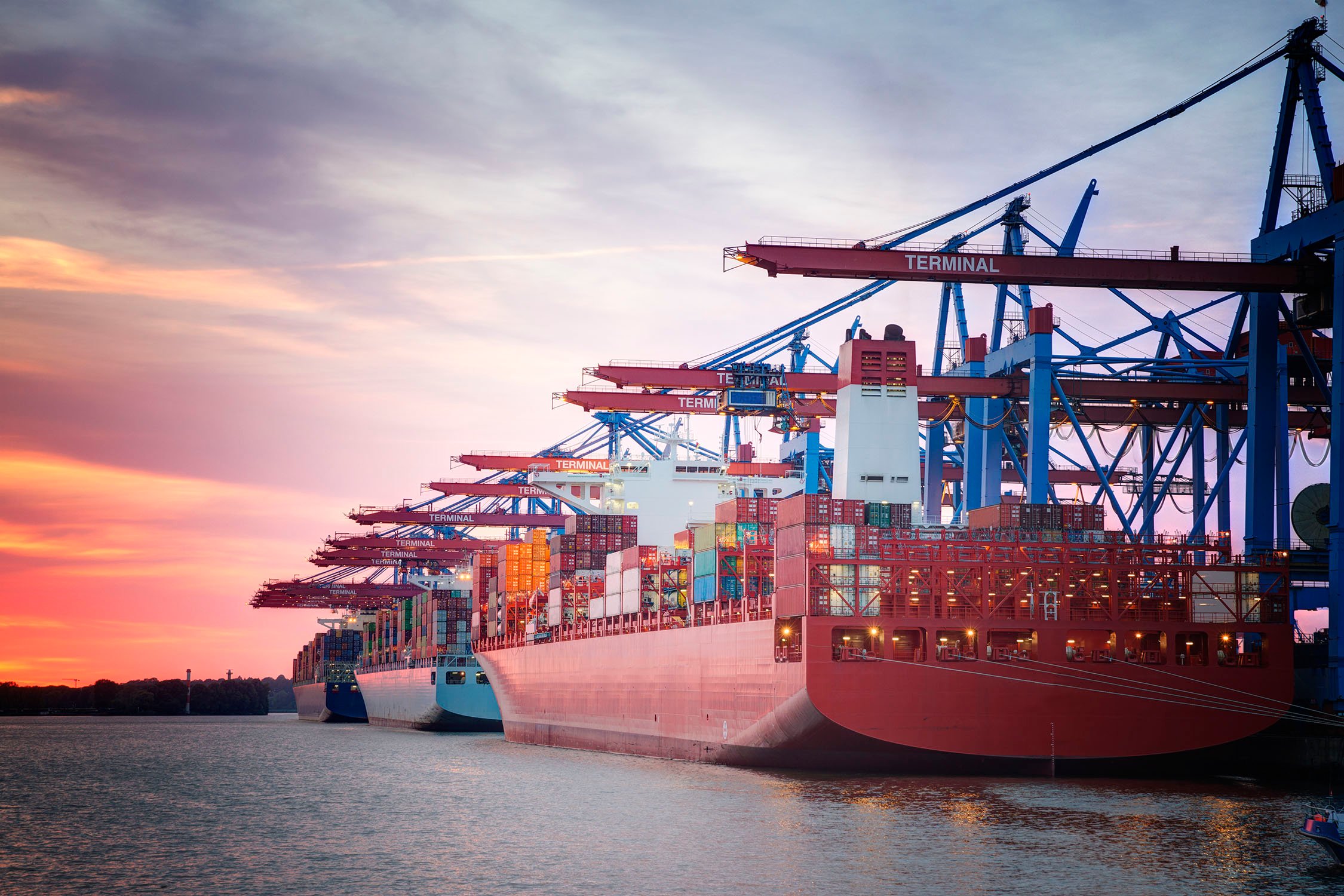The Comprehensive and Progressive Agreement for the Trans-Pacific Partnership (CPTPP) is moving forward and has gained momentum recently as Japan, Singapore and Mexico have ratified the 11-party agreement and Australia’s ratification is imminent because the deal recently passed both Houses of Parliament. Canada is closing in on ratification as well.
It seems apparent that even after the US withdrawal from the deal in January 2018, the agreement will enter into force by the end of 2018 or beginning of 2019. And although there are already a number of FTAs in place among certain members of the CPTPP, this Mega-FTA, unprecedented in scale, is expected to have influence not only among the members, but also will impact globalization and potentially leave non-members behind.
In order to gain benefits for the preferential duty treatment, goods must meet the rules of origin (ROO). To be considered an originating product, it must be (i) produced exclusively of originating materials, (ii) either wholly obtained or produced in one or more of the CPTPP parties, or (iii) if it contains any non-originating imported materials, then it must meet additional requirements. For non-originating material there are also more complex rules of origin and these also include product-specific rules.
Rules of Origin and CPTPP Unique Features
Under the CPTPP a non-originating good receives preferential duty treatment if each of the non-originating materials used in the production of the good satisfies:
- any applicable change in the tariff classification requirements
- the production process requirements
- regional value content requirements
- or any other requirements specified in Annex 3-D (Product Specific Rules of Origin)
Some of the product-specific rules are complex, but when utilized will provide great benefit to claimants and attract the consolidation of supply chains to the participating countries.
Full accumulation
According to the World Customs Organization the CPTPP provides for “full accumulation”. Under Art. 3.10 of the CPTPP, an originating good or material of one or more of the Parties that is used in the production of another good in the territory of another Party is considered as originating in the territory of the other Party. Full accumulation allows for greater fragmentation of the manufacturing process, which may be carried out among different member territories. This benefit will lighten tariff burdens on the movement of materials among the CPTPP members, consolidate supply chains among the members, increase the procurement of materials and parts from CPTPP members, and increase materials/parts investment in CPTPP member countries. There are different levels of accumulation provided for in various FTAs and the CPTPP model is considered to be more trade facilitative compared to existing ASEAN agreements.
Self-certification system
ROO may be considered to be constraining factors for companies in terms of both procurement and production. This is true especially when ROO differ among FTAs and create differing Certification of Origin (COO) procedures. Presently, most FTAs in the region require government authorities to issue FTA certificates of origin and this increases administrative costs for claiming preferential duty. As a consequence, multiple FTAs create the “spaghetti bowl phenomenon”, which in turn complicates trade and makes it more expensive.
However, under the self-certification system in the CPTPP, claimants can make a claim for preferential treatment based on a COO completed by the exporter, producer or importer and there is no need for the COO to be approved or authenticated by a government authority. The self-certification procedure will streamline trade and help untangle the spaghetti bowl. Note however, the self-certification under the CPTPP does require sufficient records to be kept for five (5) years and is subject to verifications which we discuss in our previous blog post available here.
How can you prepare?
Businesses should start to evaluate supply chains under the lense of the CPTPP rules of origin and the product-specific rules. Especially as the tariffs in the United States and China increase, duty savings under the CPTPP will be even more important. We have identified a few proactive steps you can take in order to prepare:
- Identify manufacturing opportunities in 11 members to the CPTPP. Are there suppliers and manufacturers in these countries?
- Consider whether your goods will qualify for tariff shift, RVC or other product specific rules. If so, begin to implement a COO compliance procedure and program.
- Ensure your contracts with your suppliers, manufacturers and freight forwarders include COO requirements.
- Ensure sufficient records are kept for any CPTPP verification.
We hope this helpful and will be providing you with additional updates on the CPTPP.
The authors of this article are Junko Suetomi (bio) and Masaru Masunaga (bio).
